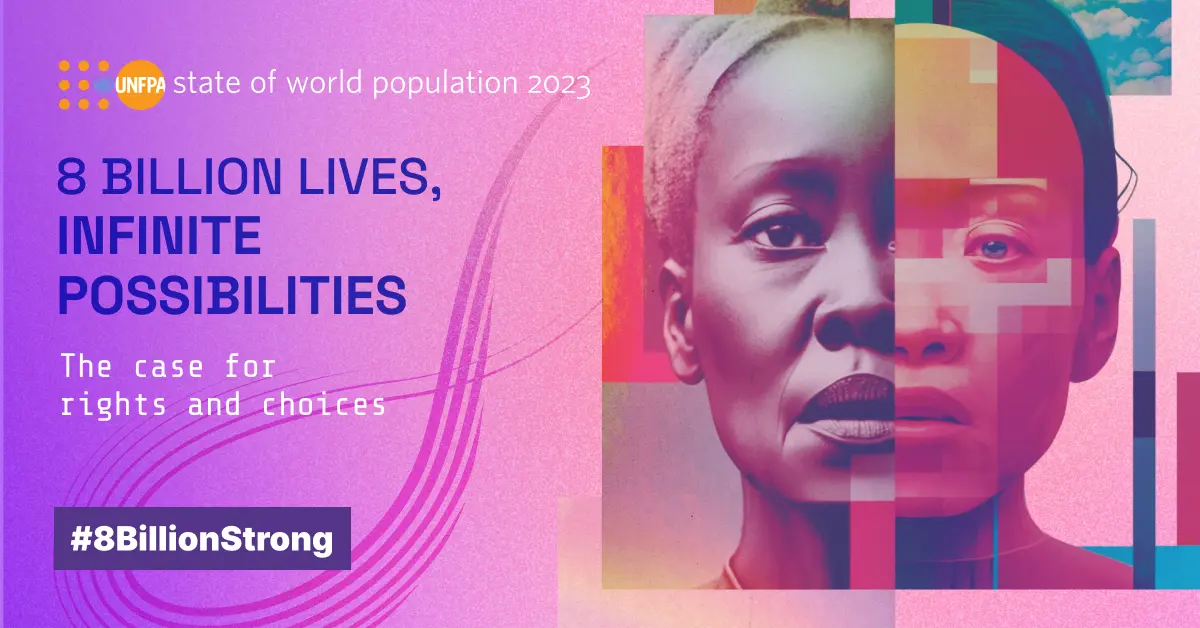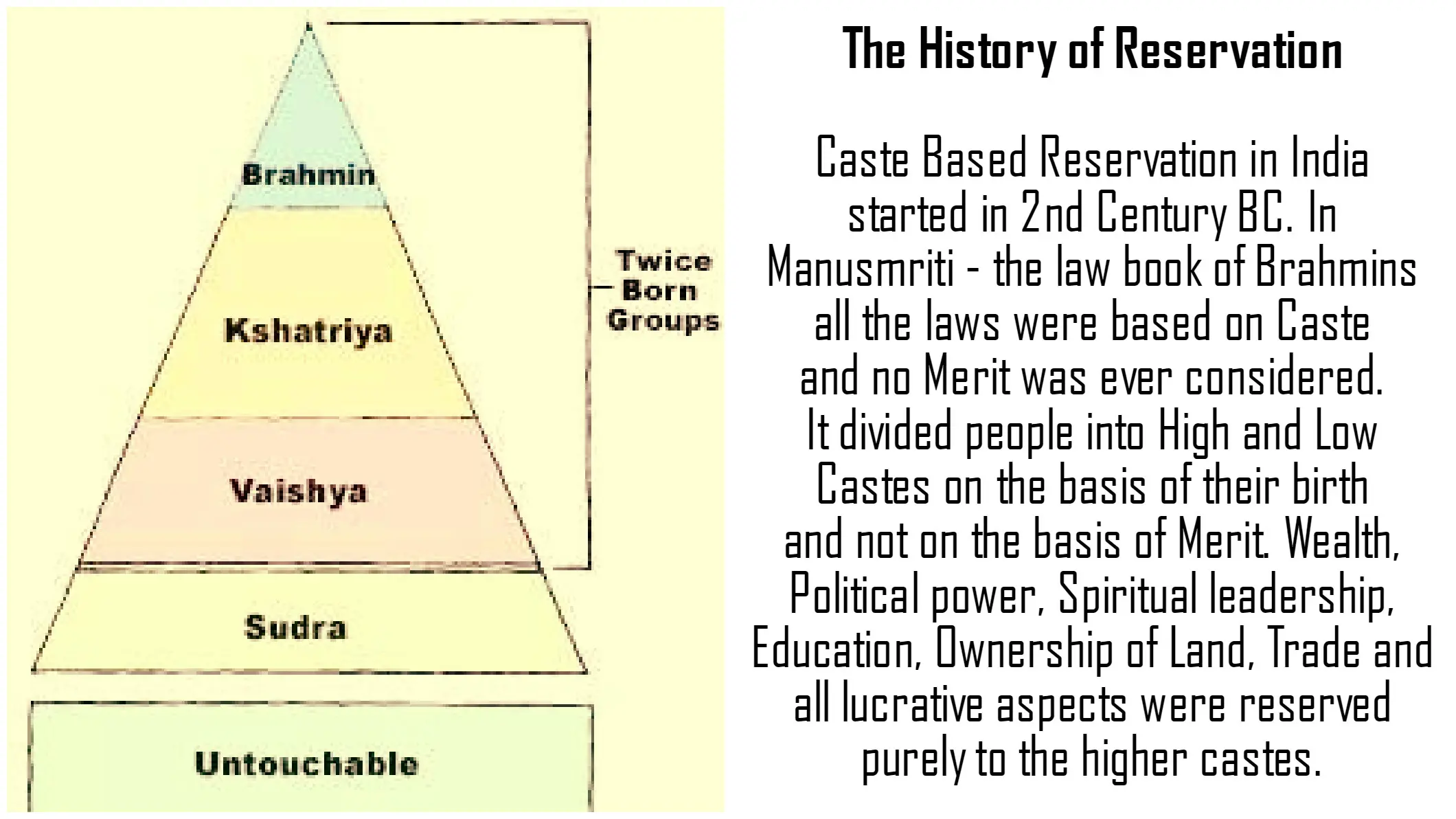UN population report: Key takeaways for India and the world
security challenges in border areas part 4
INDIA’S COASTAL SECURITYAs per the United Nations Convention on The Laws of The Sea (UNCLOS), a coastal territorial boundary is defined up to 12 nautical miles. This zone is our sovereign territory and other countries require permission before entering this area.Up till 24 nautical miles lies a contiguous zone within which, the coastal State may exercise the control necessary to prevent and punish infringement of customs, fiscal, immigration or sanitary laws and regulations that have occurred within its territory or territorial waters. An exclusive economic zone or EEZ lies up to 200 nautical miles from the baselines. The coastal State has sovereign rights for the production of energy from the water, currents and winds, for the purposes of exploring and exploiting, conserving and managing natural living or non-living resources of the waters superjacent to the seabed and of the seabed and its subsoil. Also, the coastal State has jurisdiction with regard to the establishment and use of artificial islands, installations and structures, marine scientific research and protection and preservation of the marine environment in the EEZ.India has a coastline of 7,516 km. bordering the mainland and the islands with Bay of Bengal in the East, the Indian Ocean on the South and the Arabian Sea on the West. There are nine States situated on the coast- Gujarat, Maharashtra, Goa, Karnataka, Kerala, Tamil Nadu, Andhra Pradesh, Odisha and West Bengal, and four Union Territories- Daman & Diu, Lakshadweep, Puducherry and Andaman & Nicobar Islands.India’s coasts have always been vulnerable to anti-national activities. Numerous cases of smuggling of goods, gold, narcotics, explosives, arms and ammunition as well as the infiltration of terrorists into the country through these coasts have been reported over the years. The physical proximity of India’s coasts to Sri Lanka, Bangladesh, Pakistan and Gulf countries adds to its vulnerability. Security over the ocean domain with the sea routes remains poorly guarded.India’s coasts are characterized by a diverse range of topography such as creeks, small bays, back waters, rivulets, lagoons, estuaries, swamps, mudflats, hills, rocky outcrops, sandbars, beaches and small islands. The shoreline is highly indented due to the water bodies and river channels run deep inside the coasts making the border extremely porous. Due to their remoteness and poor guarding, these coastal approaches to the mainland provide ideal spots for the clandestine landings of arms, explosives and other contraband by smugglers as well as infiltration by terrorists. The creeks along the coasts of Gujarat and West Bengal’s Sundarbans’ are the most comfortable and proximate routes for infiltration and smuggling. Also, the dense mangroves provide an ideal hideout to infiltrators. Boats can easily land and disappear, avoiding detection by taking advantage of the topography.Serial blasts of March 1993 and terrorist attacks of November 2008 in Mumbai happened because of poorly guarded maritime border as criminals and terrorists entered India through the sea. After Nov 2008, that is, the Mumbai terror attack, several initiatives were taken by the Government to strengthen security of the coastal areas against threat of non-state actors from the sea, like the integration of all maritime stakeholders, including several State and Central agencies into the new coastal security mechanism. Other Measures taken after 26/11:The Indian Navy has been designated responsible for overall maritime security, ie. coastal security and offshore security, along with the Indian Coast Guard. Training to Policemen deployed in coastal police stations is imparted by Indian Coast Guard. National Committee on Strengthening Maritime and Coastal Security (NCSMCS), under the Chairmanship of Cabinet Secretary monitors the progress in respect of coastal security initiatives.Ministry of Shipping has been mandated to streamline the process of compulsory registration and identification of all types of vessels.Department of Animal Husbandry and Fisheries has been mandated to issue biometric ID cards to all the fishermen.The Coast Guard has been mandated to create a chain of radar sensors along the Indian coastline.The Indian Navy has set up 4 joint operation centres at Mumbai, Viskhapatanam, Kochi and Portblair to enable good coordination, synergy and understanding between all agencies. The State Marine Police and agencies such as Customs and Intelligence Bureau are also attached to these centres.A Sagar Prahari Bal with a special force for protection of naval bases has been raised. Disputed Maritime BoundaryUnsettled maritime boundaries pose serious security challenges and also hinder offshore development. India’s maritime boundaries with Pakistan and Bangladesh are not delineated because of overlapping claims.The riverine border along the Sir Creek is disputed between India and Pakistan. Sir Creek is a 96 kilometer long estuary which is located in Rann of Kutch between India and Pakistan. India asserts that boundary in Sir Creek should be defined according to ‘Thalweg principle’ as per which boundary line lies in the middle of the channel. Pakistan contests this and argues that principle of mid-channel does not apply as Sir Creek is not a navigable channel. It claims that boundary lies on eastern bank of the channel, which makes Sir Creek part of Pakistan. The Present Coastal Security ScenarioThe Public Accounts Committee (PAC) in a January 2020 report made recommendations for the enactment of suitable laws to empower and strengthen the Coast Guard and to augment the Coastal Surveillance Network (CSN) of radar sensors.The National Committee on Strengthening Maritime and Coastal Security (NCSCMS) takes up issues, such as tracking of ships, demarcation of responsibilities between ministries/ departments and agencies concerned with coastal security to ensure effective coordination and enactment of Central Marine Regulation Fisheries Act.The fisheries sector has been one of the areas of focus since the ‘26/11’ incident. In 2020, the Prime Minister launched the Pradhan Mantri Matsya Sampada Yojana (PMMSY), a project that also aims to establish linkages and convergence with other safety and security schemes, such as fisheries Monitoring with MHA, Control and Surveillance (MCS) related activities etc. The objectives of the bill also include regulation of fishing in the Exclusive Economic Zone (EEZ) and promotion of safety and security of fishers at sea.The Indian Navy and Indian Space Research Organisation (ISRO) have jointly installed the indigenously developed satellite-based transponder system- GSAT6 in mechanised boats along the coasts.Coastal mapping has been undertaken by states towards improving awareness about coastal areas. The Department of Military Affairs (DMA) with Chief of Defence Staff (CDS) as its secretary, was set up in 2019 under the Ministry of Defence (MoD). It is entrusted with the role of promoting of jointness in procurement, training and staffing, optimal utilisation of resources by bringing synergy in operations through establishment of joint theatre commands, etc.In order to augment coastal security, which is imperative to protect and preserve the Sea Lanes of Communication (SLOCs) and to counter China’s String of Pearls, a series of comprehensive measures need to be adopted, which supplement the aforesaid already taken steps by the government. Summing Up the Border ChallengesThe main purpose of Border Security Management is:To uphold the sovereignty and unity of India as a nationTo defend territorial jurisdictionTo protect and safeguard the rights of Indian citizensThe major challenges faced are:Illegal migration and cross-border infiltrationCounterfeit or fake currency issuesHuman trafficking, particularly women and child traffickingTerrorismUnaccounted money from other countries to sponsor religious and anti-national activitiesFlaring up of communal tensions due to external catalystsSmuggling of arms and ammunition, drugs, gold, cattle etc.External support to Left-wing extremism Problems Faced By Border Population:The people living on India's international border particularly on land borders face numerous problems.Difficult terrain and harsh living conditionsLack of access to public amenitiesFrequent shelling from across the borderThinly spread out administrationInadequate social and economic infrastructure and lack of industrialisationLack of physical infrastructure, means of communication, education, medical facilities, water and other basic amenitiesVulnerability to actions of border criminalsRestricted movement.Techniques of Effective Border ManagementA department of border management (DBM) in the MHA was set up in 2004 on the recommendations of Kargil Review Committee to pay focused attention to issues relating to management of international land border and coastline, strengthening of border guarding and policing, infrastructure development and technology upgradation on borders inter alia. MHA also equips and trains the border guarding forces. A principle of ‘one border one force’ has been accepted to streamline the deployment of border guarding forces.To manage the borders effectively, surveillance is carried out by conduct of regular patrols by personnel guarding the bordersElectronic surveillance equipment such as night vision devices, handheld thermal imagers, surveillance radars, direction finders, unattended ground sensors and high-powered telescopes are also used by the border guarding forces as force multipliers for carrying out surveillance.Building of barriers, facilitation of legitimate trade and travel and simultaneous prevention of illegal immigration, smuggling and infiltration of insurgents and terroristsPreparation of a national register and issuance of Multi-purpose National Identity Cards (MNICs) helps identify the population of the border areas and prevents illegal migrationThe government has undertaken the construction of Integrated Check Posts (ICPs) to provide better integrated facilities for the legal movement of people and goods across the borderA Border Area Development Program (BADP) was adopted in 1987 to facilitate the provision of the required socioeconomic infrastructure and adequate securityIncreased budget allocation after 2008 Mumbai terror attackOperations like ‘Sadbhavna’ or ‘Goodwill’ by the Indian Army to to address aspirations of people affected by terrorism, and to build mutual trust and harmonyThe Kargil Review Committee advised that the Army must be young and fit at all times. The Agnipath scheme implements these recommendations.Integrating local population in Border Management is the most undermined, however, perhaps the most effective tool to secure the borders. This advantage may be exploited by addressing the genuine local problems and demands, improvement of basic amenities, infrastructure and living conditions of people in border areas; assistance in generating employment opportunities, development of projects in terms of infrastructure, health, education, employment generation, etc. Other measures which will be effective include:Rationalization of the restrictions imposed and adoption of more humanitarian assistance operationsClose coordination between central and state agenciesInternational cooperationHarnessing space technologies, IT, and modern methods of infrastructure construction to ensure better border managementAdopting people-centric approaches ‘Statesmanship’, and cooperation and dialogue with neighbours, rather than exhibiting ‘brinkmanship’ Comprehensive Integrated Border Management System (CIBMS) Following the Pathankot terrorist attack, The MHA approved for the implementation of CIBMS. The CIBMS is regarded as a more robust and integrated system that is capable of addressing the gaps in the present system of border security by seamlessly integrating human resources, weapons, and high-tech surveillance equipment.Its three main components are:New high-tech surveillance devices such as sensors, detectors, cameras, ground-based radar systems, micro-aerostats, lasers as well as existing equipment for round-the-clock surveillance of the international borderAn efficient and dedicated communication network including fibre optic cables and satellite communication for transmitting data gathered by these diverse high-tech surveillance and detection devicesA command and control centre to which the data will be transmitted in order to apprise the senior commanders about the happenings on the ground and thus providing a composite picture of the international border.The purpose of the CIBMS is to replace manual surveillance/patrolling of the international borders by electronic surveillance and organising the BSF personnel into quick reaction teams to enhance their detection and interception capabilities.Under CIBMS, the project BOLD-QIT (Border Electronically Dominated QRT Interception Technique) was undertaken in 2019 on Indo- Bangladesh border in Dhubri district of Assam.















